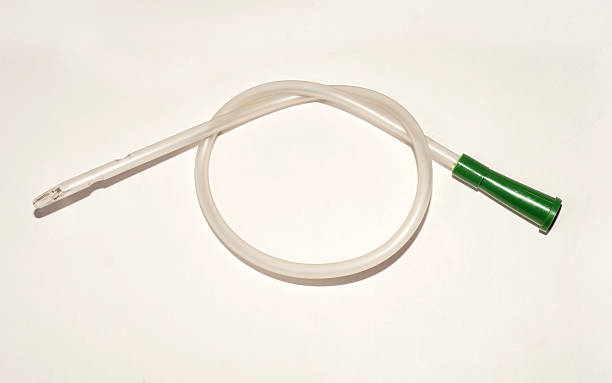
A rectal tube—also known as a rectal catheter or flatus tube—is a soft, flexible medical device designed to be inserted into the rectum to help manage gastrointestinal conditions. In hospital and clinical settings, it plays a vital role in relieving gas (flatus), managing constipation, and decompressing the bowel. For wholesalers and buyers, rectal tubes remain an essential consumable across healthcare facilities due to their widespread use and demand.
The primary purpose of a rectal tube is to facilitate the safe and effective removal of gas or stool from the lower gastrointestinal tract. Clinical uses include:
Relief of severe flatulence and bloating
Temporary management of fecal incontinence
Decompression of the bowel in cases of obstruction or postoperative care
Support for patients with neurological or gastrointestinal disorders affecting normal bowel function
This makes the rectal tube, rectal catheter, and flatus tube indispensable tools in both acute and chronic patient care.
Rectal tubes are manufactured in various sizes to meet the needs of both adult and pediatric patients.
Sizes: Commonly range from 22Fr to 32Fr for adults, with smaller variations for children.
Materials: Typically made from medical-grade PVC or silicone for comfort and flexibility.
Design: Smooth rounded tip, flexible body, and lengths between 20–40 cm to accommodate patient anatomy.
When selecting rectal tube sizes, buyers should ensure that suppliers offer a full range to meet hospital demands.
Rectal tube insertion is a clinical procedure carried out by trained medical staff.
The tube is lubricated to reduce discomfort.
It is gently inserted into the rectum, usually with the patient lying on their side.
Once in place, the tube allows gas or stool to pass through the lumen, providing relief.
Safety protocols must always be , as improper use can cause irritation or injury.
A rectal tube is indicated for:
Constipation not relieved by other methods
Severe abdominal distension caused by trapped gas
Post-surgical gastrointestinal decompression
Patients with neurological conditions impairing bowel function
A rectal tube is typically intended for short-term use. Leaving it in place for extended periods can increase the risk of irritation, mucosal damage, or dependency. Regular monitoring by healthcare staff ensures both effectiveness and patient safety.
In some cases, advanced fecal management systems may be used instead of rectal tubes, especially for long-term fecal incontinence management. However, rectal tubes remain a cost-effective and widely adopted option for short-term clinical needs.
For wholesalers, hospitals, and clinics, consistent access to rectal tube supplies is critical. Key purchasing factors include:
Availability of multiple sizes for adult and pediatric use
Compliance with medical-grade manufacturing standards
Options for bulk packaging and sterile single-use products
Reliability of suppliers to ensure uninterrupted stock
1. What is rectal tube insertion?
Rectal tube insertion is the process of gently placing a lubricated tube into the rectum to relieve gas, remove stool, or decompress the bowel.
2. What is rectal tube indication?
Rectal tubes are indicated for constipation, bowel obstruction, fecal incontinence, or cases of abdominal bloating caused by gas.
3. How to remove a rectal tube?
Removal is simple: the tube is carefully withdrawn by a healthcare professional after use, ensuring patient comfort and monitoring for complications.
The rectal tube, also referred to as a rectal catheter or flatus tube, is an essential tool in modern gastrointestinal care. It supports short-term management of constipation, gas relief, and bowel decompression, making it an indispensable product for hospitals and clinics.
For wholesalers and buyers, ensuring access to high-quality rectal tubes in various sizes is crucial to meeting clinical demand. To explore bulk supply or customized packaging options, we invite you to contact our team for professional solutions tailored to your needs. GET A FREE QUOTE NOW!